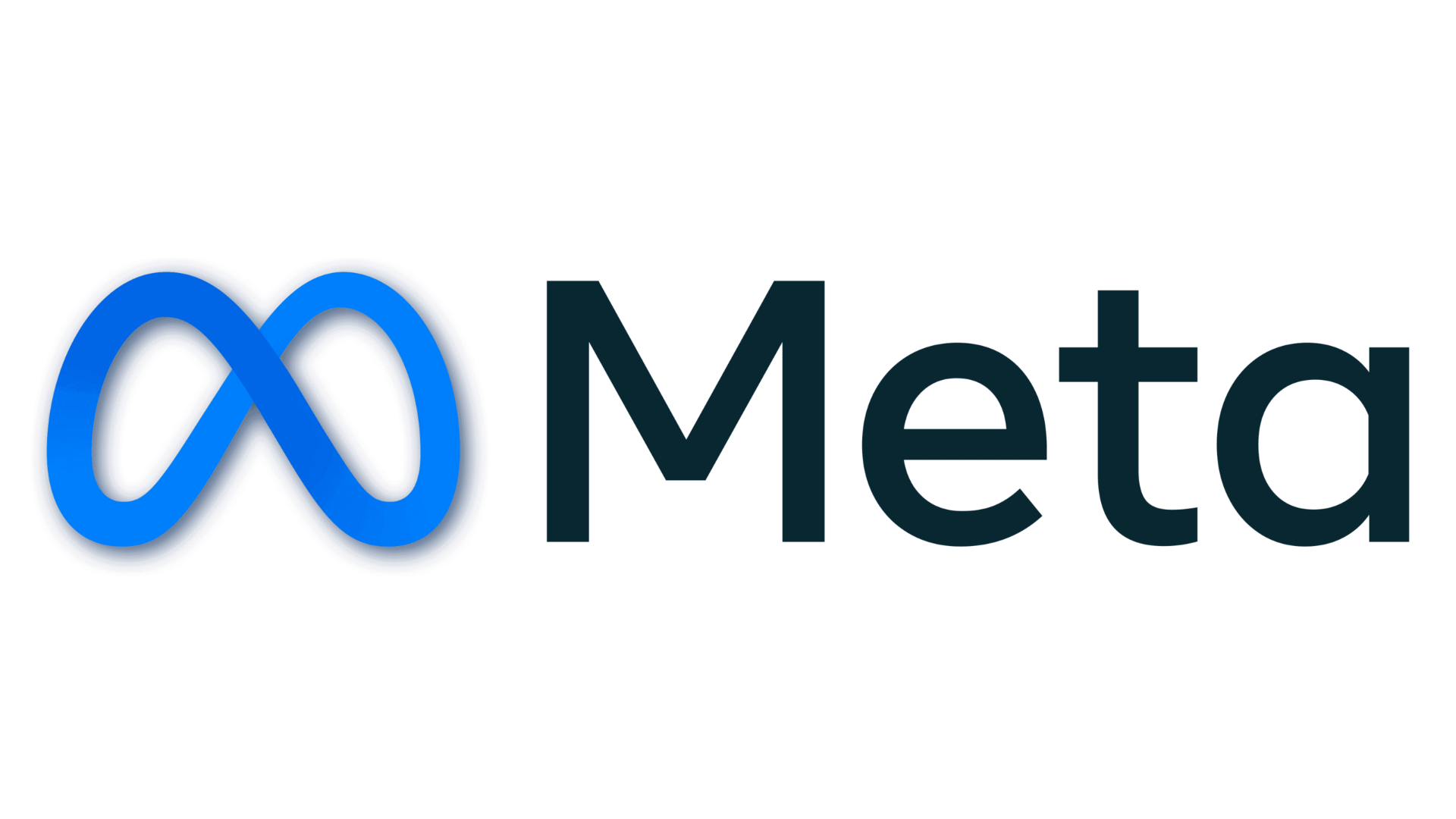AI In Arabic: Oxymoron or work in progress?

With countries across the Middle East and North Africa vying to process the adoption of AI technologies across all industries and a reported potential impact of USD320 billion by 2030 on the region, it’s high time we addressed the elephant in the room. Ahmed Shabrawy, CIO and Co-founder of CEQUENS, explains why the adoption and widespread use of AI chatbots in Arabic-speaking countries might face some specific challenges.
The Arabic language presents several complexities for AI due to its unique linguistic features and various challenges, the most prevalent of which is its complexity. How is this a challenge when it comes to AI?
The Arabic language is indeed complex for AI integration due to its rich morphology, varying dialects, and extensive use of context in meaning. Arabic script is cursive, and words are highly inflected, meaning they change form based on grammatical function. This complexity requires advanced natural language processing (NLP) techniques to accurately interpret and respond to user input.
What can improve Artificial Intelligence to understand the Arabic text?
To enhance AI's capability in processing Arabic, it's crucial to develop more sophisticated NLP tools that can handle the language's nuances. This includes investing in machine learning models trained on a diverse array of Arabic data, encompassing different dialects and styles of speech and writing. Collaborations with linguistic experts and native speakers are also key to refining these models.
The cost factor associated with the use of AI models for languages such as Arabic is reported to be another hurdle, can you elaborate on this?
Developing AI models for Arabic is costly due to the need for specialized, dialect-specific training and the scarcity of high-quality, annotated datasets in Arabic. Creating these datasets requires extensive time and effort, often involving manual annotation by language experts.
Saudi Arabia was recently ranked second globally in “AI awareness” in Stanford University’s Artificial Intelligence Index Report, falling short only to China, who topped the list. Nevertheless, there's been a lack of availability of LLM AI models like GPT in the Middle East and North Africa region. Why has reaching these markets been difficult?
The recent expansion of OpenAI's services to countries like Saudi Arabia and Egypt marks a significant milestone in bringing LLM AI models like ChatGPT to the Middle East and North Africa region. Despite Saudi Arabia ranking high in AI awareness and the evident demand in the region, the initial lack of access to such technologies was likely due to a combination of regulatory, infrastructural, and language-specific challenges. These include navigating data privacy laws, ensuring sufficient infrastructure for deploying AI technologies, and developing models that effectively handle local languages and dialects.
In the MENA region, the International Data Corporation (IDC) estimated that spending on AI amounted to USD3 billion in 2023, noting that although this figure represents only 1% of the global spending, the MENA region will see the fastest growth in spending over the next 3 years. Why is it essential for ChatGPT technology to be available in the region?
The integration of pretrained large language models (LLMs) like OpenAI's ChatGPT is crucial in the MENA region, primarily because they offer significant savings on initial investments needed for developing and training AI models. These pretrained models, already equipped with a broad understanding of languages, including Arabic, allow businesses and organizations to bypass the costly and time-consuming process of building AI systems from the ground up. This not only accelerates the deployment of AI solutions across various sectors but also makes advanced AI technology more accessible and feasible for a wider range of entities, fostering innovation and contributing to economic development in the region with minimal initial investment.
At CEQUENS, we’ve been at the forefront of this shift from the get-go, which is why we believe our newest product, GenAI Platform is a gamechanger. GenAI Platform supports over 50 Large Language Models (LLMs), enabling text generation, language translation, summarization, and more, all through an intuitive interface designed for easy prompt orchestration and high-quality Retrieval-Augmented Generation (RAG) engines. It facilitates the deployment of agents to automate customer interactions and support, handling a wide range of tasks from answering customer inquiries to processing orders, scalable to the needs of the enterprise. The platform provides structured repositories for AI-generated knowledge, supporting various indexing and retrieval methods to ensure that AI applications have access to the most relevant and up-to-date information. It enables seamless integration with existing systems and applications through comprehensive APIs, allowing developers to extend the platform’s functionality and automate workflows. Available in Professional and Enterprise plans, custom tools allow for tailored solutions to meet specific business needs, integrating with external systems and services to create a cohesive AI ecosystem. The AI Studio offers a collaborative development environment for creating and testing AI models and applications, including tools for prompt engineering, model fine-tuning, and performance evaluation, supporting team-based development.
This is an exciting time for enterprises around the world, and we couldn’t be prouder to be here to support this pivotal shift.


